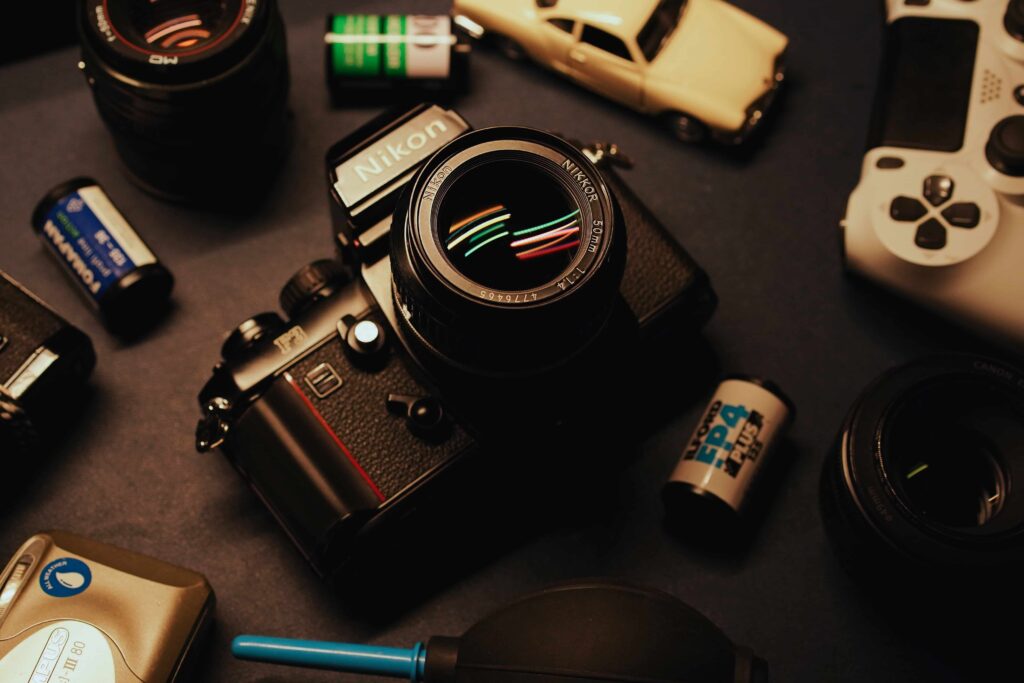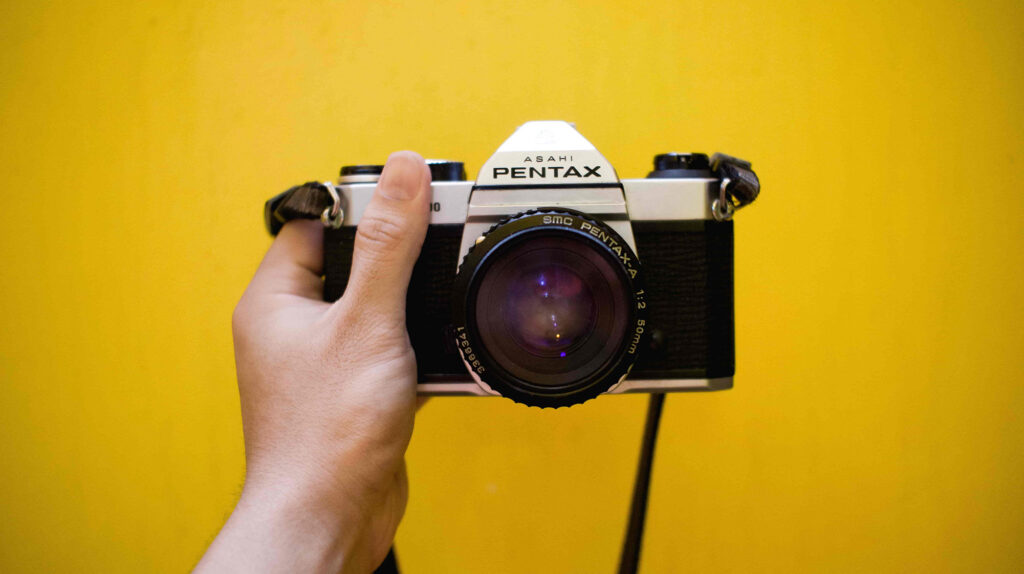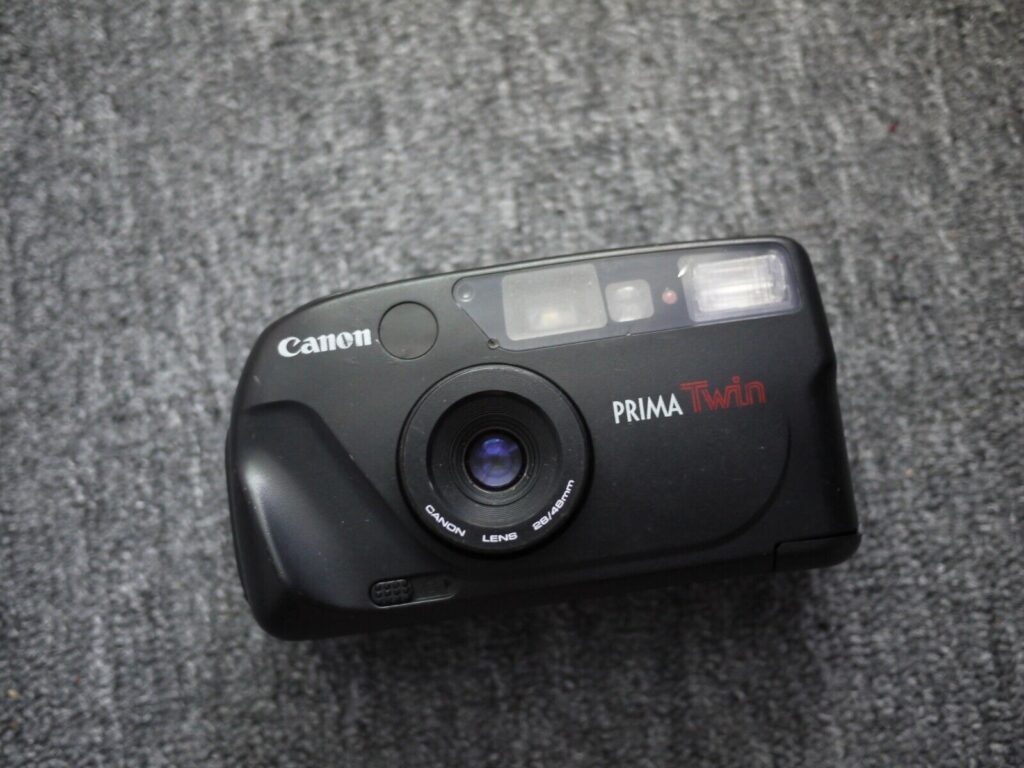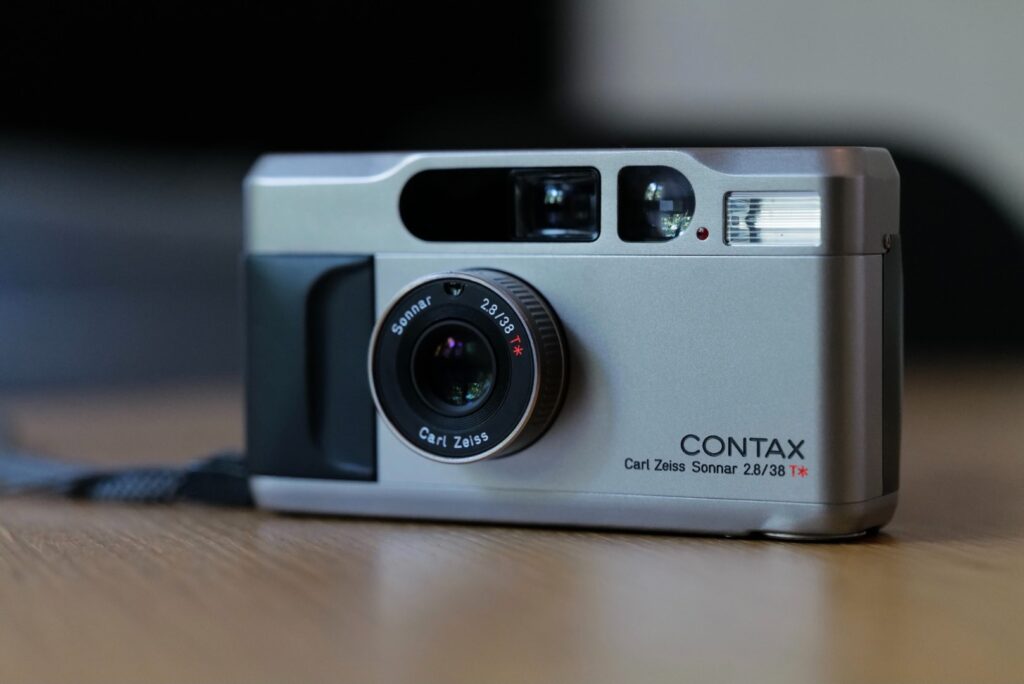
It can be hard to find the right battery for older film cameras, and there are usually some important things to consider before buying. If you are wondering what those points are, and what is the right battery for the Nikon F3, then this article is for you.
The recommended and also best-suited batteries for the Nikon F3 are either 2 x SR44 silver-oxide batteries or one CR1/3N lithium or CR11108 lithium battery.
I prefer buying the ones from Amazon due to delivery time and price, but you can generally buy these types of batteries anywhere, from specialized stores like B&H photo to your local Walmart.
Does the Nikon F3 require batteries?
It depends. As the Nikon F3 is an automatic camera it requires a battery in order to operate most of the functions like the light meter and also the shutter. With many other film cameras, only the light meter requires battery power, meaning apart from the light meter they can be used like normal. This is different for the Nikon F3, it features an automatic shutter that won’t work at all without power. In this case, your only option is the backup mechanical lever. This shutter will permanently operate at 1/60 regardless of your shutter speed setting, so you will be pretty limited and should only consider that as a backup solution.
In case you do get into this situation it is always helpful to make use of the Sunny 16 rule, a general understanding of this rule is a great help in many conditions.
Related content on the Nikon F3:
What batteries should you use for your Nikon F3?
In the official manual, Nikon recommends one set of 1.55V silver-oxide batteries for the Nikon F3. These batteries are also available as alkaline button cells. The reason Nikon is recommending silver oxide over alkaline is the difference in their voltage curves over the time of discharging.
Silver oxide-type batteries have a flatter discharge curve plus a slightly higher voltage and capacity. In film cameras a flat discharging curve is important. The silver-oxide batteries will provide the same voltage over the whole discharging period and enable the light meter to measure the lighting conditions accurately. With an alkaline battery on the other hand, the voltage will slowly decline over time which could cause over or underexposed shots.
The third option you have is to use one CR1/3N lithium or CR11108 lithium battery. They also provide a constant voltage which makes them better suited than their alkaline counterpart, but they can experience flammability problems and thermal runaway which is something a silver-oxide-type battery is free from. So in conclusion I recommend always choosing a silver-oxide battery over the other two options.
Where can you get a Battery for the Nikon F3?
As the battery types that are needed are simple button cells they can be found everywhere. Online shops, photo & video dealers, or local retailers, all should have this type in stock. Button cells are not too expensive price-wise, so it always makes sense to keep a couple of spare ones, especially for a camera like the Nikon F3 that relies so much on a working battery.
As every manufacturer tends to use a different name for the same type of battery I compiled a list that should help you with your buying decision. The different brands usually list equivalents on their packaging and whether the battery is SR44 (silver-oxide) or LR44 (alkaline) compatible.
| Battery Type | Most Common (Recommended) | Other Common Names |
| Silver Oxide | (SR44) Duracell 303/357/76 | SR44, SR44SW, 303, 357, SG13 |
| Alkaline | (LR44) Duracell 76 A | A76, AG13, L1154, LR1154, 157, L1154H, LR44G, LR44GD, LR44H |
| Lithium | (CR11108) Duracell DL1/3N | CR1/3N, DL1/3N, 2L76, K58L |

How long does the Nikon F3 Battery last?
According to the Nikon F3 manual: “Under normal usage, one set of 1.55V silver-oxide batteries will last for about one year“. Depending on the usage in my experience the batteries average more than one year, most photographers report 1 to 3 years depending on the usage.
With the cheap price of button cells, it should be easy to always keep a spare pair at hand. Unlike with other cameras, there are no specific battery drainage problems that you need to pay attention to. The F3 will only wake up when tapping the shutter button and automatically shut down after 16 seconds of not pressing the button. The Nikon F3 was actually the second Nikon model after the Nikon EM that made use of this power-saving feature. The LCD screen is lit by a window on the front of the camera so there is no backlight for the screen, meaning leaving the camera on or forgetting to turn it off won’t cause battery drainage as well.
How do I change the batteries in my Nikon F3?
Replacing the battery of the Nikon F3 is very easy, grab yourself a coin, screwdriver, or something similar that helps you to unscrew the battery lid that is located at the bottom of the camera body. Try to not touch the “+” or “-“ surfaces of the batteries to avoid contact problems.
1. Step – Remove the battery chamber lid

2. Step – Insert your batteries making sure the “+” signs are up

3. Step – Screw the battery chamber lid back on, test the battery and start shooting. Read on if you do not know how to test it.

How do I check the battery on my Nikon F3?
Checking the battery on the Nikon F3 is as easy as it gets. Just look through the viewfinder of your camera at the LCD display, the shutter speed should be visible in the upper left corner. As long as the camera is displaying the shutter speed the batteries have adequate power and are properly installed.

Why does my Nikon F3 battery drain so quickly? (And other Battery Problems)
Sometimes photographers can experience problems with their film camera batteries including extremely fast drainage, contact problems, or similar. Here are a couple of things you should pay attention to when you are experiencing battery problems.
Cold temperatures can be problematic
Cold temperatures often cause problems, as they affect the chemical reactions within the batteries. The capacity is slowly reduced which will lead to decreased performance and complete failure. To avoid this you should always store your batteries in a warm and dry place. I usually put mine close to my body inside my jacket pockets.
If you plan to do a lot of cold weather shooting it pays off to bring a couple of spare batteries with you. Another option is the Nikon anti-cold battery holder pack DB-2 or just use the MD-4 Motor Drive. The camera will stop drawing from its internal batteries and depending on the batteries used in your DB-2/MD-4 you can continue shooting until down to -20° C.
Battery Contact Problems or corroded Battery Compartments
It pays off to ensure that all battery contacts are clean. Many problems in automatic film cameras are related to batteries not properly functioning. Oily and dirty fingers can often cause contact problems, so you should always hold your button cells on the sides and never touch them in the center.
In case you experience battery contact problems you should try wiping off the compartment as well as the batteries with a clean cloth.
Corrosion in your battery compartment is another reason for quicker battery drainage. It will cause the battery to use a higher current to bring the power to the camera and therefore the capacity will shrink rather quickly. Try cleaning the contacts with vinegar or lemon juice and see if it helps. Corrosion problems are often caused by leaking batteries, so you should always remove batteries from your film cameras when storing them for a longer period of time.



